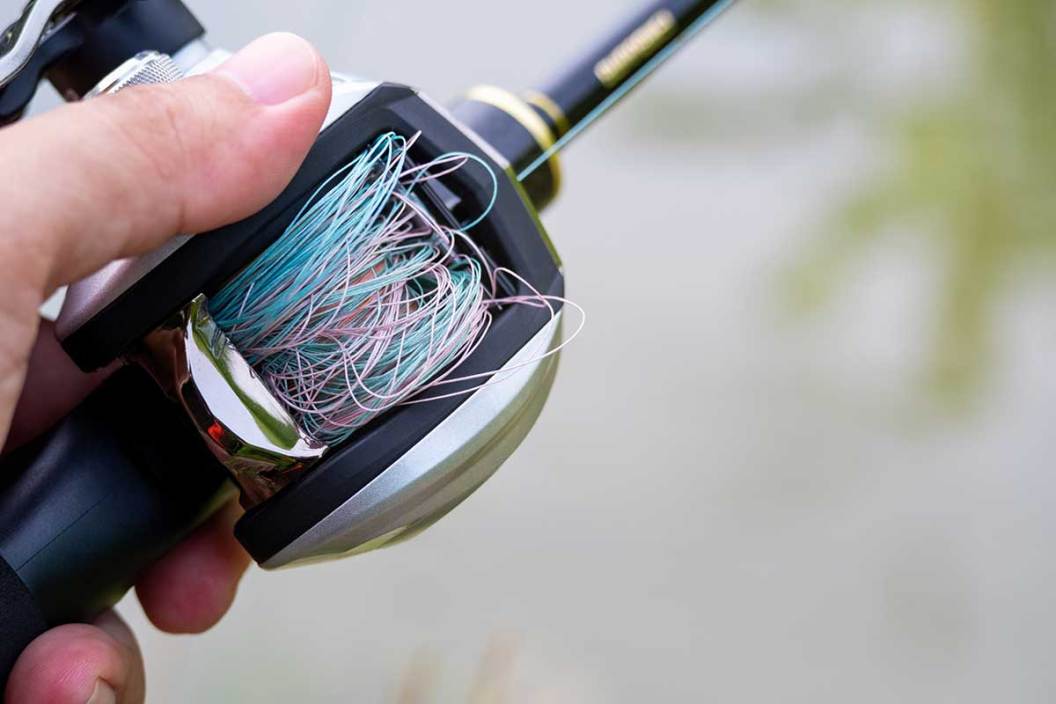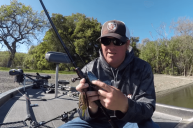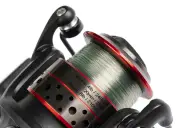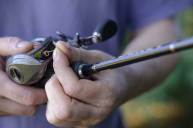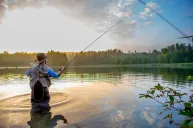You might think that with today's fishing reels, backlash would be a thing of the past, but that's just not the case. Unless you are flipping or pitching your bait with your casting reel, you may as well come to the understanding that it is going to backlash on you once in a while, especially if you're new to using one. Backlash is basically the result of the spool on your casting reel turning faster than line can leave it. The lure flies through the air, but not at the same rate as the line leaves the spool. A baitcaster is meant to give the user more ability to send long-distance casts into heavy cover with a greater amount of control, retrieve ratio, and hook setting power. Unfortunately, it can be a little tricky to avoid backlashes, and even trickier to master.
It's one of those issues that can cause so many to abandon a baitcasting reel for a more-simple spinning reel, limiting the versatility at their disposal. It's time to demystify the venerable baitcaster so that you can begin to use one with impunity and avoid the backlashes that take up time and energy when all you want to do is fish. Here are a couple of obvious reasons why this happens and one or two that are less likely, so you can be on the lookout before they occur.
Improper Spool Tension and Brake System Adjustment
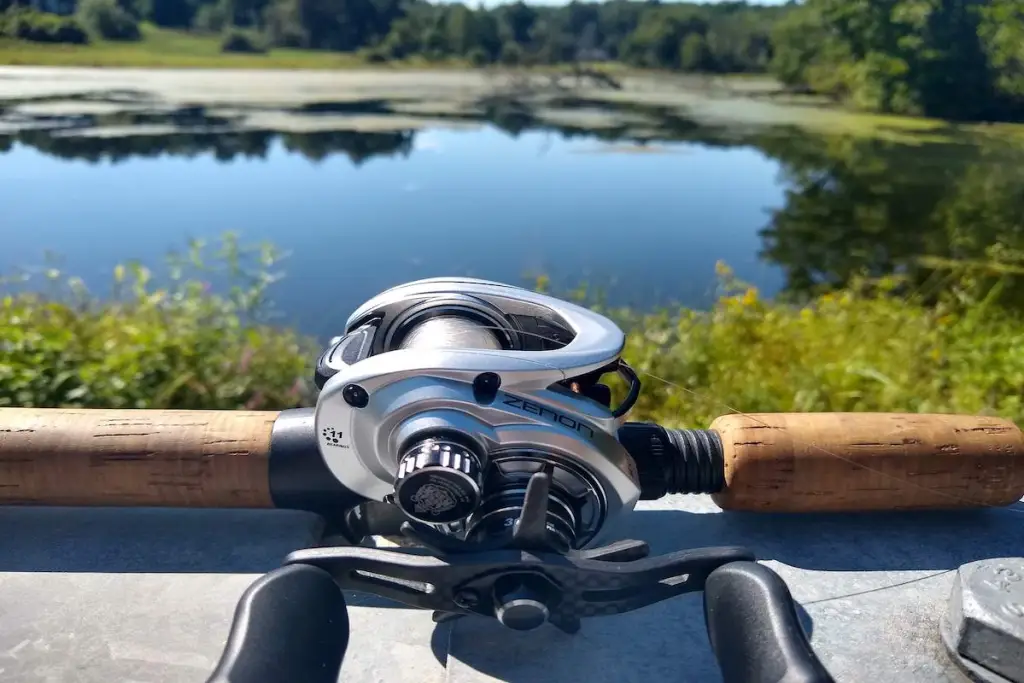
Craig Raleigh
The spool tension and brake system on most baitcasting reels have become so sophisticated that the fine tune adjustments can really make a difference. Anglers typically start by cranking down the spool tension knob to the point that when you engage the reel (push down the thumb bar as if you were about to cast), the spool won't move.
As you adjust it back so that the spool will allow the weight of the lure to slowly pull line off of the reel as you hold the rod upright, you're loosening the tension but increasing the chance of a backlash. If you go to the other side of the reel and adjust the brake, you'll also be changing backlash likelihood. Try to make a series of practice casts, short and easy at first, then make small adjustments that will get your reel casting the way that you want. Without working your way through these adjustments, you might have things set so improperly that a backlash is inevitable.
Thumb Control
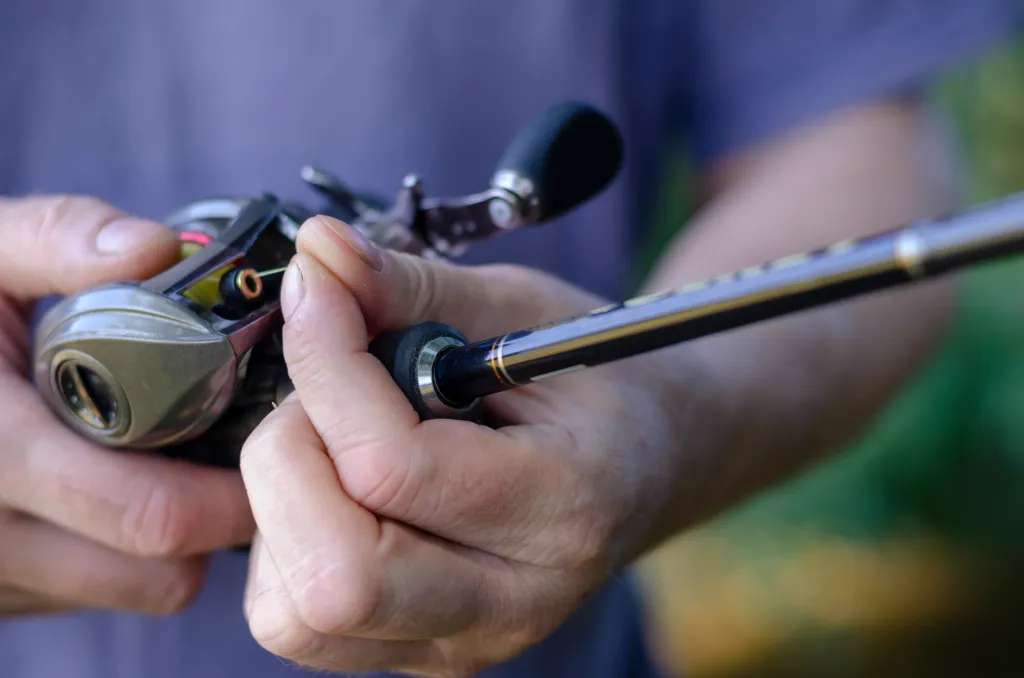
Once anglers realize they need to slow and control the spool with their thumb that is left on the reel once you have made your cast. If you let your lure or bait hit the water without any frictional force from your thumb, you are likely getting closer to a backlash. Even veteran fishermen sometimes forget how much thumb control matters when using a baitcasting reel, and it's a skill that needs refreshing when you start fishing each new season.
Line Size

Many of us use a baitcaster so we can increase the line size and change up the line material to fish in some extreme conditions. Placing a jig in the slop where it's likely to get crushed by a big largemouth is one thing, but the resulting mess of weeds and sticks can be murder on light line. The same goes for fishing around stumps and other tangles that can really fray fishing line. The best part is that casting reels work well with heavier lines and aren't as prone to backlash when you use them. Granted, you'll be using heavier baits along with it. Lighter lines can be used on baitcasting reels, but with caution; lighter lines can come screaming off of a baitcaster, especially on long casts which increase your odds of a backlash.
Wind
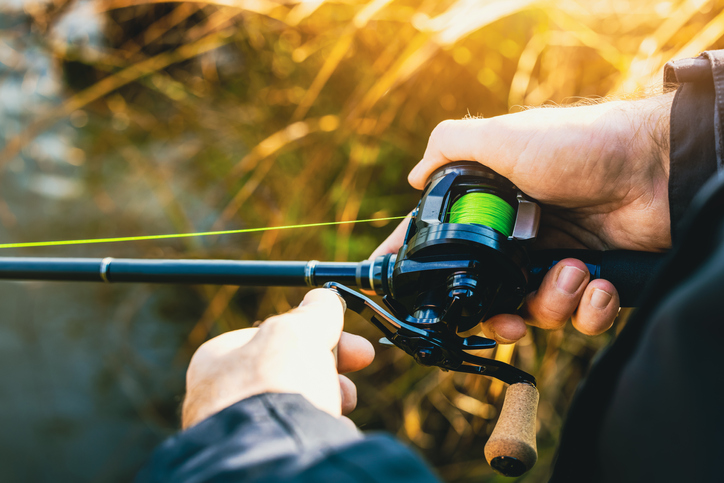
Anytime that we cast into the wind while fishing we take a chance of getting a backlash (sometimes a bad one) on a casting reel. This is not to say that you mustn't cast into the wind ever with a baitcaster, just that you are going to have to consider the consequences. This is especially true when using spinnerbaits and buzzbaits that catch the wind due to their wide blades and design profiles. This is where your reaction time and thumb control really comes into to play. You may have to recognize that a particular cast is going to go bad, and you will need to abort it quickly by stopping the spool.
Rod Length
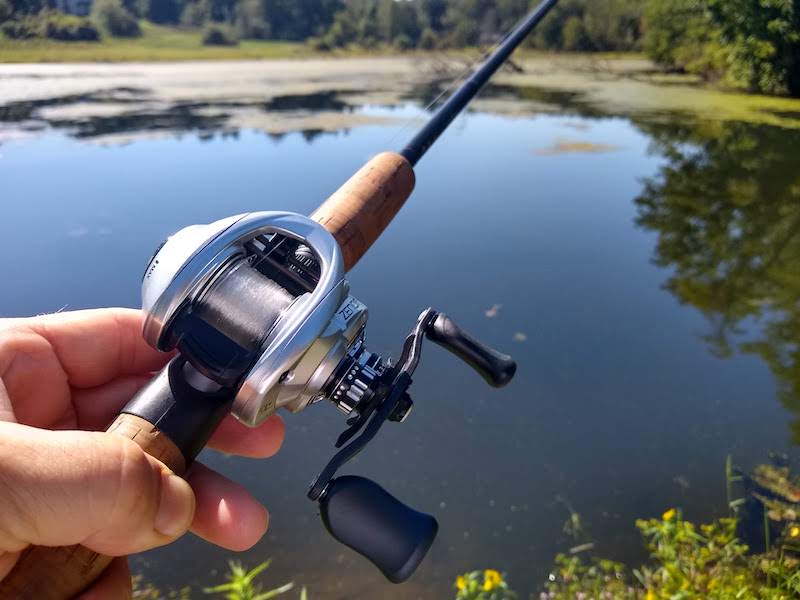
Craig Raleigh
This one is a bit uncommon, but it is said that the length of the casting rod that you're using can have an effect on its ability to use the casting reel effectively. The most common rods are in the six foot to seven-foot range. Sure, there are casting rods that are plenty longer and still good for long casting, but some are made more for seasoned baitcasting fishermen and some are more for the surf fishing crowd. Shorter rods are easier to handle for the novice and can have the affect of greater control when starting out.
Trial and Error

If you're just learning to use a baitcaster, then you will want to keep an eye out for these things. Truth be told, it will take some time and experience, and you'll certainly work your way through plenty of bird's nests cause by backlash. It's not unlike a good quarterback who sometimes throws an interception; even seasoned anglers get a backlash now and again. If you're using a heavy lure and light line, then it's going to scream off of the reel when you launch that beautiful cast. Even if you have everything set to the best of your ability, you're going to have to recognize when things are going south and try to nip it in the bud before the worst happens.
There are many good reasons to use a baitcasting system when fishing, so it's just a matter of practicing and working hard to avoid the dreadful backlash. The better you get, the less it will happen, and the more time you'll have to spend actually fishing instead of untangling knots.
Please check out my book "The Hunter's Way" from HarperCollins. Be sure to follow my webpage, or on Facebook and YouTube.
